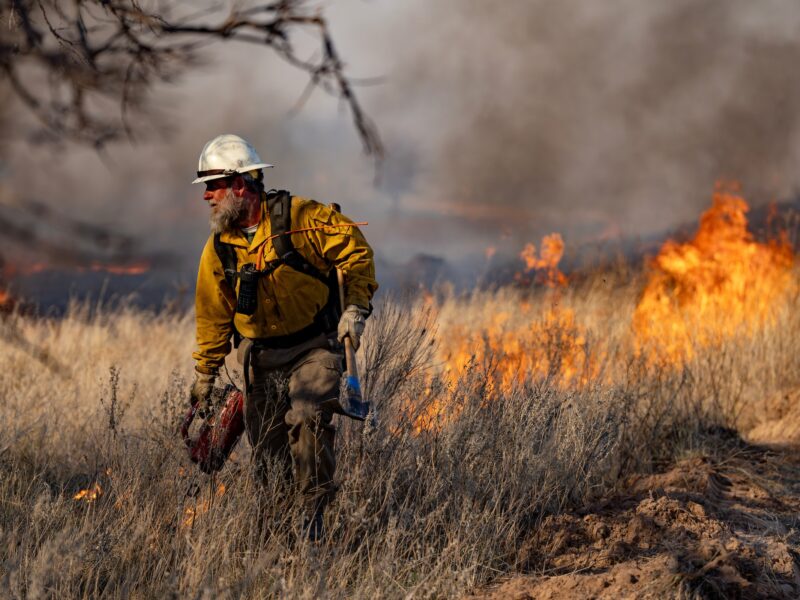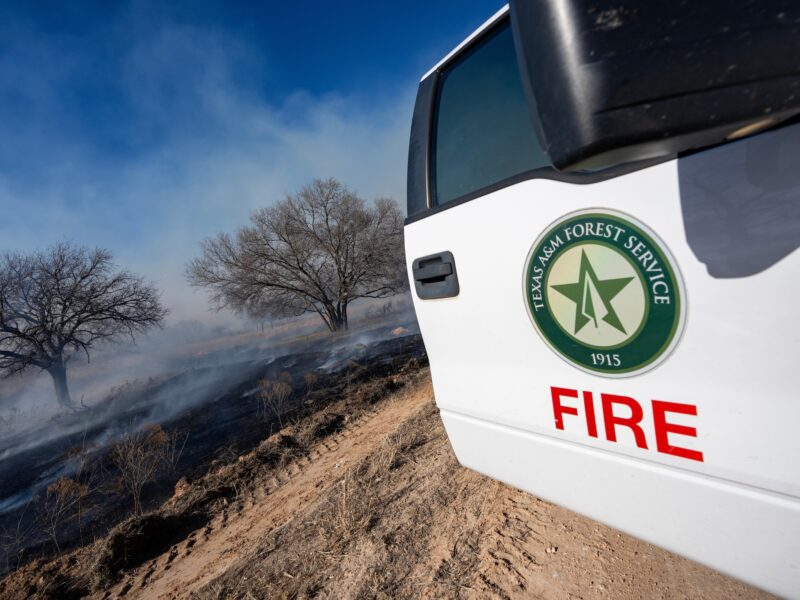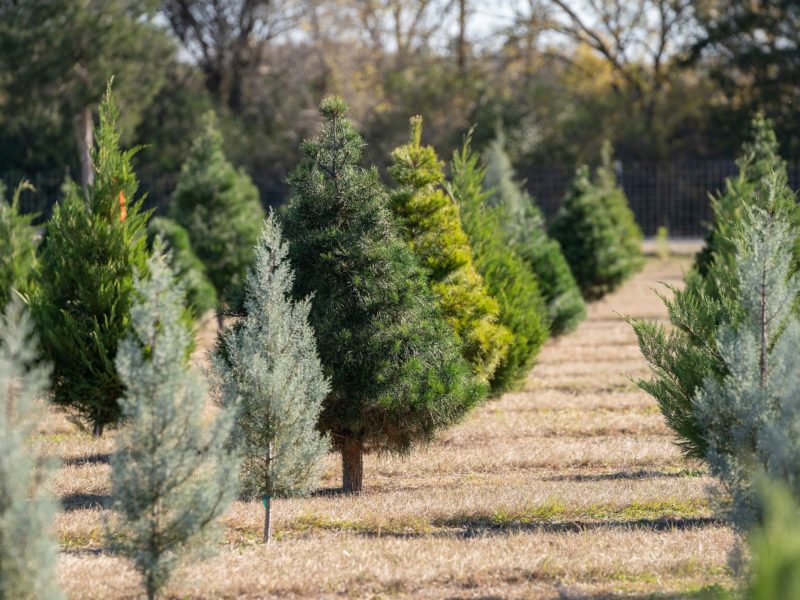Cedar Fever Season Begins In Texas

It’s time for Texans to brace for runny noses, itchy eyes and general misery as cedar fever season arrives once again. Cedar fever is an allergic reaction to the pollen released by mountain cedar trees, and unfortunately, you don’t have to be allergic to the pollen for it to affect you.
In Texas, the predominant species of mountain cedar is Ashe juniper, making cedar fever especially irritating in the Hill Country west of Interstate 35 where there are primarily juniper trees mixed in with oaks and a few other species.
“With the quantity and density of Ashe junipers in Central Texas, all producing pollen at the same time, the concentration of pollen in the air causes cedar fever,” said Jonathan Motsinger, Texas A&M Forest Service Central Texas Operations department head.
Abundant Pollen Can’t Be Avoided
Motsinger said the pollen from Ashe junipers isn’t particularly allergenic or harmful – it’s just so concentrated that, even if you aren’t generally susceptible to allergies, it could still affect you. With millions of juniper trees releasing pollen at the same time, you can’t help but breathe it in, and when you do, your body reacts as it would to any perceived threat – it tries to fight it.
Since the pollen is spread by wind, cedar fever can affect individuals far removed from areas with a high concentration of juniper trees. And the source isn’t limited to Ashe junipers. In more eastern parts of the state there are also eastern red cedars that pollinate around the same time and can induce a similar response from people’s auto-immune systems.
Aside from the massive quantity of pollen released, the timing of cedar fever can surprise people not wary of it. Most trees pollinate in the spring when many are expecting to have allergies. Ragweed pollen and mold spores can contribute to allergies in the fall, but very few plants pollinate during the winter. Juniper trees are the exception.
These trees typically begin producing pollen in mid-December, often triggered by colder weather or the passage of a cold front. Pollen production reaches its peak in mid-January, before slowly tapering off toward the beginning of March.
“During cold fronts, it gets very dry and windy and the pressure changes very rapidly,” Motsinger said. “This triggers the opening of pollen cones and the release of the pollen grains. When the conditions are right, you can actually see the pollen blowing off of some trees.”
While this creates some fascinating imagery, it can also lead to some serious misery.
It’s Not A Cold, It’s Cedar Fever
For people new to the Central Texas region, or unfamiliar with cedar fever, it can also lead to confusion since the pollination period of mountain cedar trees is smack dab in the middle of cold and flu season.
It’s not uncommon for people experiencing cedar fever to misdiagnose their symptoms as a cold or the seasonal flu, especially given the variety of symptoms triggered by cedar fever. These include fatigue, sore throat, runny nose, partial loss of smell and some people run a slight fever. However, if your fever is higher than 101.5 degrees, then pollen likely isn’t the cause.
You can treat cedar fever by taking allergy medications and antihistamines, but you should consult with your physician or health care professional before taking new medications. You can also try to anticipate the pollen by tuning in to your local news station, many of which will give you the pollen count and can predict when it’s going to be a particularly pollen-heavy day.
On those days, it’s smart to keep windows and doors closed, and to limit the amount of time you spend outdoors. It can also be helpful to change air filters in your car and in your home as a clean, new filter is better at removing particles, like pollen, from the air.
For more information about how to identify Ashe junipers and/or eastern redcedars in your own backyard, check out the Texas A&M Forest Service’s Texas Tree ID webpage or the My Tree ID mobile app. You can also see the distribution of junipers, as well as a variety of other tree species across the state, via our Forest Distribution App.
This article by Leighton Chachere originally appeared on AgriLife Today.





